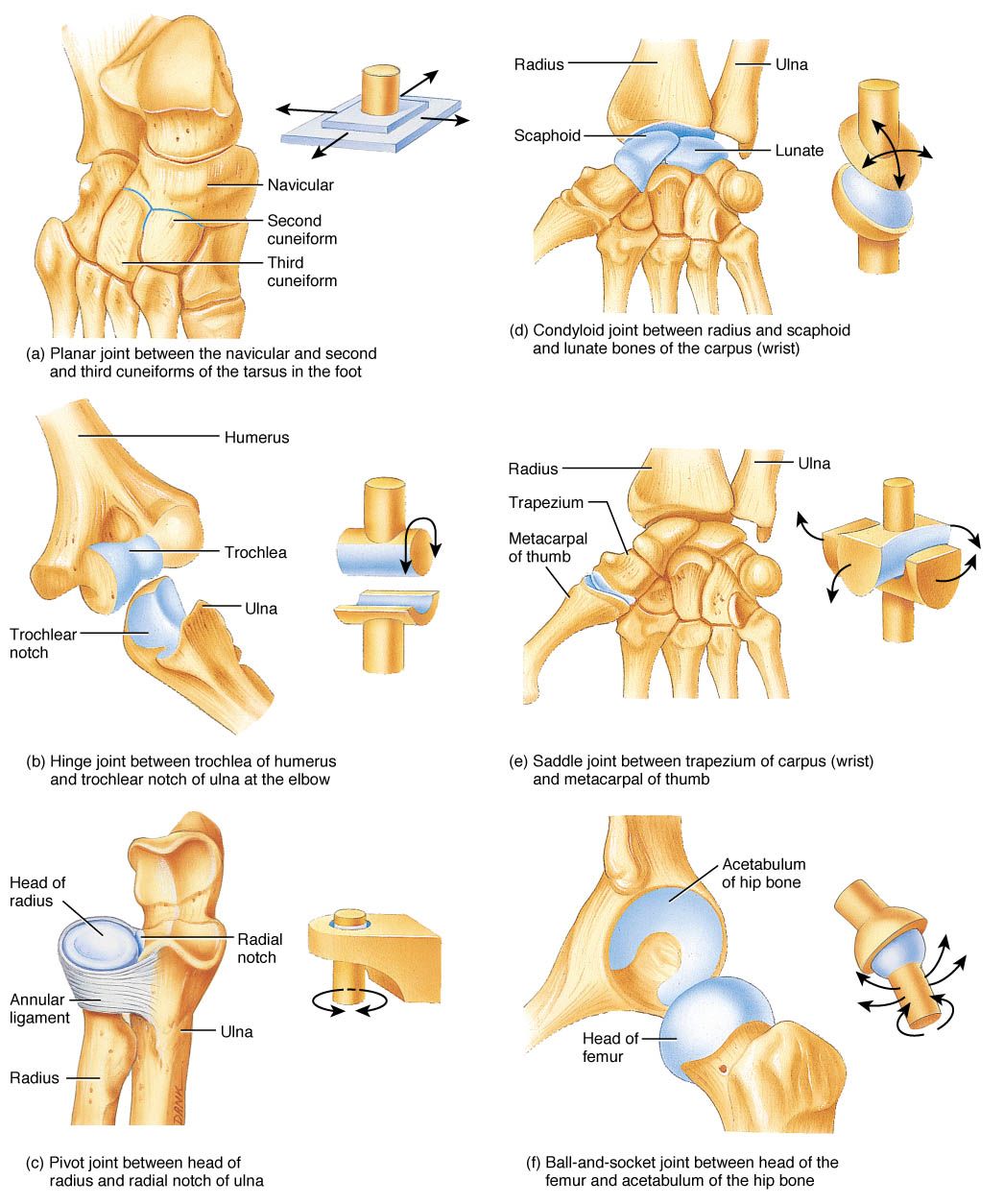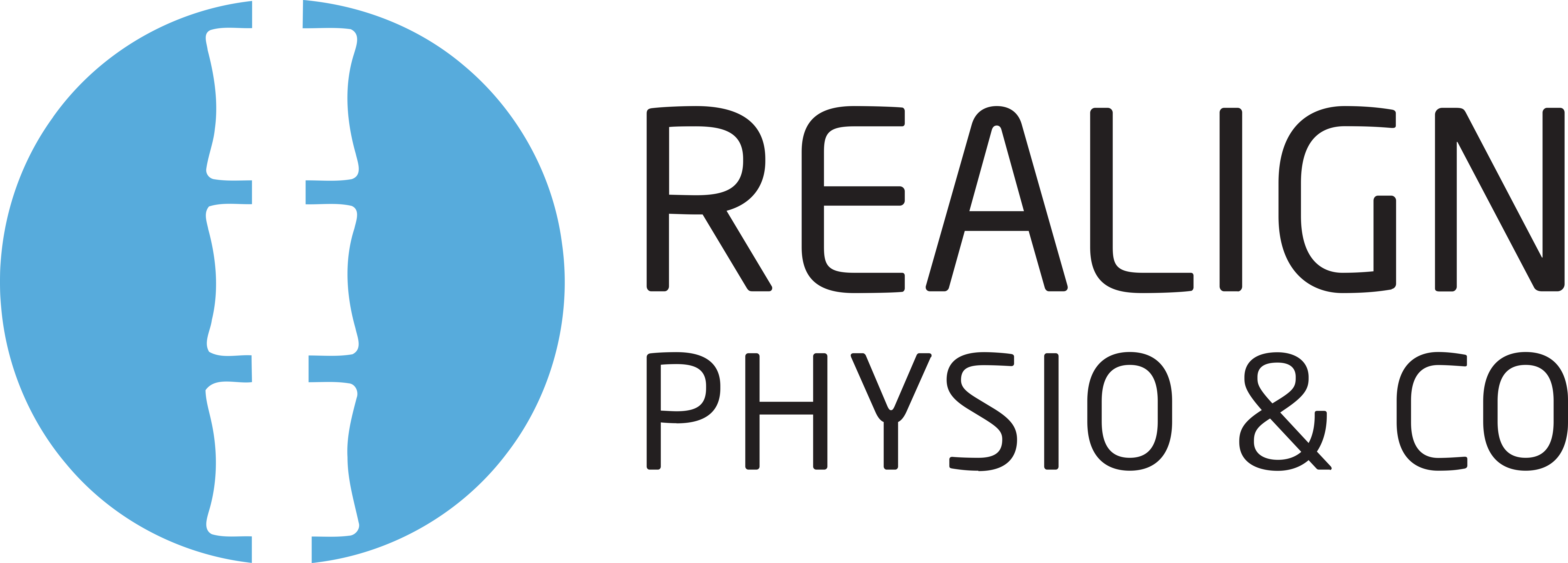
Perfect posture is a myth, but good posture still matters!
While perfect posture is a myth, it is still important to address it. It has been a lot of debate around posture lately. Some believe it’s not important at all, others defend it is.
It Is true that we’ll never have the perfect spine we see on textbooks, however in some cases we have to address it. Especially, when there is already pain and dysfunction. Every day I see in my clinical practice the correlation between poor posture and musculoskeletal dysfunction.
Firstly, I would like to analyse joint biomechanics, which is defined as the study of the mechanics of the movement of a living organism. So, all joints in our body have two surfaces and they are supposed to move as a unit in order to promote body function. They are constructed to allow for different degrees and types of movement. Their function is defined by their shape. Movement is powered by muscles.
Human joint types

Now, to illustrate it, imagine a door which the hinge is not well positioned, every time you open that door, puts strain on the hardware. If you don’t fix it, the door will eventually fall off. Our joints are not different from that. If the surface is not moving freely there will be wear and tear over time. This is called osteoarthritis, OA. Yes, we’ll all have some degree of OA as we age, but if we can improve joint lifespan and avoid surgery in the future, why not, right?
Lastly, take a deep breath and see how it feels. Now adopt a slouched posture and again take a deep breath. Feels harder. Now keep the same posture raise your arms and breathe again. It’s usually even harder. This is because you change the position of your ribs and how they connect with your spine and breast bone, thus decreasing the ability of the ribs to expand, thus limiting lung capacity. Translating there is less oxygen in your cells and a lot more strain in all the joints that form the ribcage.
Some defend that “People have back pain because they are holding their backs” I respect their opinion and agree at some degree. One of the differences between GPR and other methods is that we work on the static function, muscles that are supposed to create stability. According to Prof. Souchard, creator of GPR, the dysfunction of the static muscles is to become tight, relaxing those muscles is the way to go. What I don’t agree is that just telling people to relax will do the trick. It is necessary to teach the body how to relax and how to correctly recruit those deep postural muscles. Especially when there is already pain it is necessary to increase space within the joint, lengthening muscles, promoting symmetry to then alleviate symptoms. This ultimately will improve your posture.
Another statement that we need to be careful about is “Don’t go about changing your posture if there is no pain.” We need to assess each case individually. Scoliosis in children and adolescents, for instance, can progress quite quickly and can have serious consequences even in lung capacity. It is usually pain-free, but needs close supervision and treatment, especially during growth spurts.
I have been working with Global Postural Re-education since 2006 and I see every day the correlation between poor posture and pain. More often than not, efficient pain management is only achieved with joint decompression and re-alignment. Only then, we are able to improve function. For Philippe Souchard, creator of GPR Method there is no model or protocol to follow. Every session is unique because it is based on each individual presentation and how they respond to the treatment.
Clarisse Reis
(Senior Physiotherapist)
You might want to read the article Perfect Posture Myth

